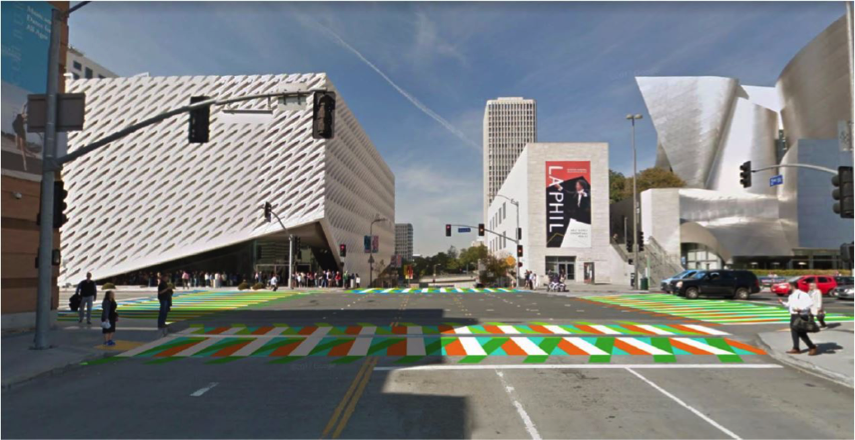Art World
Pacific Standard Time Added $430 Million to Southern California’s Economy, Report Says
The show also attracted 2.8 million visitors.

The show also attracted 2.8 million visitors.

Culture is big business. A newly released report by the Los Angeles County Economic Development Corporation (LAEDC) estimates that Pacific Standard Time: LA/LA, the Getty-funded collaboration among 70 institutions in Southern California, contributed roughly $430.3 million to the region’s economy between September 2017 and January 2018.
The Getty supported the initiative, which focused on Latin American and Latino art, with a $16.3 million grant that paid off in spades. Activity associated with the exhibitions added an estimated $24.3 million in tax revenue for state and local governments across Southern California, according to the study.
The report states that PST: LA/LA shows also drew 2.8 million visitors during the event’s four-month run. The initiative was especially popular with young people: 40.3 percent of visitors were under the age of 34.
The project also had a significant impact on tourism. Three-quarters of a million visitors said that their primary reason for visiting was PST. All told, 30 percent of the audience traveled from outside of Southern California and spent an estimated $192.6 million in the region.
The report estimates this influx in visitors created 4,030 jobs across industries, ranging from the arts to hotels and transportation.
“An investment in the arts is an investment in our future,” Los Angeles’s mayor Eric Garcetti said in a statement. “Pacific Standard Time: LA/LA attracted millions of visitors, supported thousands of good-paying jobs, and helped drive another year of record-breaking tourism. LA’s status as a creative capital is good for business, and an inspiration for all Angelenos.”
In the past, James Cuno, the president and CEO of the J. Paul Getty Trust, has been ambivalent about trumpeting economic impact numbers. In 2012, following the first edition of Pacific Standard Time, which focused on the art of Los Angeles, he told the Los Angeles Times that he considered any boost in revenue a “byproduct” of the project, whose mission was “the preservation and documentation of the region’s artistic legacy and sharing it through public exhibitions.”
Nevertheless, the initial numbers do provide a useful benchmark that shows an uptick in economic impact from this year’s edition—particularly since it lasted six weeks less than its predecessor. The first PST, which ran from fall 2011 to spring 2012, generated an estimated $280.5 million in economic output (compared to this year’s $430 million). Attendance was also up by one million visitors (1.8 million in 2012, compared to 2.8 million in 2018).